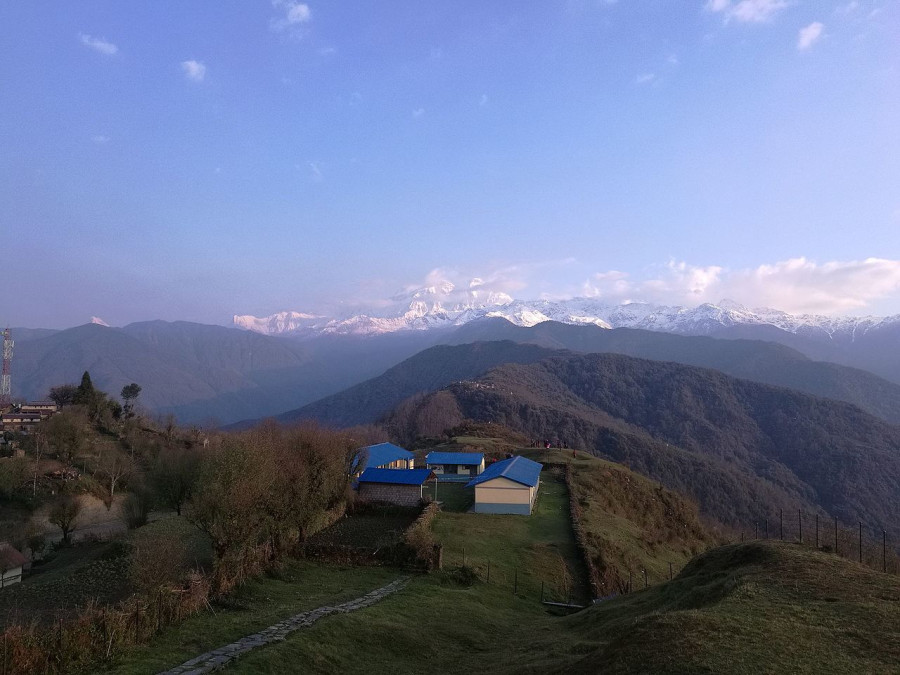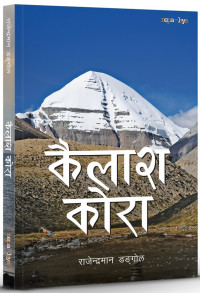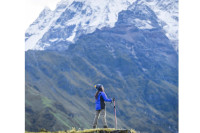Travel
When in Ghale Gaun, do as the locals do
From indulging in local Gurung cuisine to dancing to age-old cultural dances—there’s much to do in this idyllic little village
Dipesh Khatiwada
Along the Prithvi Highway stretch, some 130kms from Kathmandu, is Dumre Bazaar, a pitstop especially known as a diversion point from the main road to Bandipur. But take a different route towards Besisahar, 42 kilometres north from the highway, and you will reach the road to Ghale Gaun.
The scenic village, situated on the foothills of mountains like Annapurna and Lamjung at around 2,100 metres above sea level, takes around three hours drive to reach from Besisahar, the district headquarters. The most common route to reach Ghale Gaun is through Besisahar-Baglungpani-Kapur Gaun route, but you can also travel the Pokhara-Thumsikot-Pasgaun-Bhujung route. If you prefer hiking, then the Besisahar-Khudi route is a popular route to reach Ghale Gaun.
The hilly settlement that comes under Kholasothar Rural Municipality, Lamjung, has been developed as a model SAARC tourism village. It is on its way to becoming the first “smart village” in the country. To materialise this vision, villagers are currently working towards beautifying the village by laying out new flowers beds, replacing roofs on old houses, among other overhauls.
Originally inhabited by Tamu (Gurung sub-caste) folks, Ghale Gaun features homestay facilities in an idyllic rural setting that highlights the Tamu culture through its hospitality. Here’s a list of five things you can do there:
Homestay to immerse in Gurung culture
Because of its many cultural attractions, Ghale Gaun sees a huge number of tourists—domestic and international—almost all year round. This inflow of tourists has prompted locals to start homestays. Through these homestays, visitors get a chance to experience the local lifestyle, up close and personal, from dawn till dusk. According to locals, Ghale Gaun has been catering to over a hundred guests in 34 homestays on a daily basis.
The village showcases the rich culture and history of the Tamu people through age-old cultural dances like Ghatu, Krishna Charitra, Sorathi, and Jhyaure Nach. These dances are always accompanied by traditional musical instruments and brought to life by dancers bedecked in traditional Gurung dresses. The villagers come together on special occasions such as births, deaths, and marriages to perform traditional customs passed down through generations. The village also has a museum where artefacts and visuals representing the Tamu culture are on display. Ghumaune Ghar (Oval House) in the village also houses examples of Tamu art and culture and could be a good point to start exploring the local culture.
 Post Photo: Dipesh Khatiwada
Post Photo: Dipesh Khatiwada
Sightseeing from the View Tower
To get the best view of the setting sun from Ghale Gaun, one must climb the View Tower in the Gorkha Army Park. The View Tower will not only treat visitors to stunning sunrises and sunsets, but will also overwhelm them with a panoramic view of Manaslu, Annapurna II & IV, Lamjung, Machhapuchhre, Buddha, Himalchuli Peak and Dr Harka Gurung.
The Pokhara valley, the entire Ghale Gaun area, and nearby settlements, scattered across green hills, can also be seen from the vantage point at the View Tower. The landscape offers a postcard perfect setting with the sights of sheep and goats grazing across green pastures. If the mornings and days are beautiful then the evenings and nights are mesmerising, filling the dark canvas with glittering lights from the villages mirroring the clear night sky above spattered with stars.
Indulge in local cuisine
The best way to get to know a culture and a people is through food. Given the topography which mostly features vast swathes of arid land, the staple food crops are potatoes, radish and other vegetables which can be grown in dry conditions. Therefore, the food culture in Ghale Gaun and surrounding areas revolve around these staple crops. A typical breakfast usually consists of kodo ko sel roti (bagel-shaped, deep-fried millet dough that is sweet in taste) with boiled eggs, a seasonal vegetable curry and organic black tea. For lunch, kodo ko dhido (a traditional Nepali dish made from millet flour) with local chicken curry is the most popular dish. However, a plate of traditional Nepali thali consisting of locally grown white rice, green leafy vegetables, potatoes, local pulses, meat items, a variety of tomato chutneys and dollops of fresh ghee is also a must-try.
Holy shrines and tea garden
Jal Devi Tije Uttarkanya Temple, one of the famous temples in Ghale Gaun, attracts pilgrims throughout the year. The temple is near Sat Kuwa (an area where there are seven natural water wells) and is believed to be a temple of a wish-fulfilling Hindu goddess. According to locals, one who pays homage at the temple will be blessed with success in all spheres of one’s life.

Patrons can also visit Koibo Dhee, a Saraswati temple headed by a Gurung priest, situated in close proximity to Uttarkanya Temple. The temple features prominently in religious practices of the local Gurung families.
Ghale Gaun also boasts the first tea garden in the Annapurna Conservation Area. The tea garden is spread across 1,000 ropanis of land and is run by the Annapurna Conservation Area Project. A wide variety of teas are cultivated in the tea garden here with tea saplings brought in from the famous tea estates of Ilam.
Local handicrafts
The villagers are skilled craftspeople who have over the decades mastered the art of making essential household items from locally sourced fabrics. Since they herd goats and sheep, they have sheep wool in abundance. They use this wool to make Radi and Pakhi (the traditional hand knitted woollen mats and blankets) and Bakkhu (woolen outerwear) that used to be an essential part of their everyday wear in the olden days. These days, the villagers make this clothing to sell as souvenirs.
Other popular handicraft items originating in Ghale Gaun are bhangra jhola (bag) and thailo (pouch) from allo (Himalayan nettle). The locals also make doko, thunse (bamboo baskets), namlo (head strap used to haul load on the back), ghum (used as umbrella) and Bhakari (traditional bamboo items used to store food grains) among other items from the Himalayan bamboo (nigalo).
Daily essential items including dhiki (a traditional grains beater used in villages) and janto (grinding item made up of stones) are also in active use even to this day in several households in the village.




 14.72°C Kathmandu
14.72°C Kathmandu










